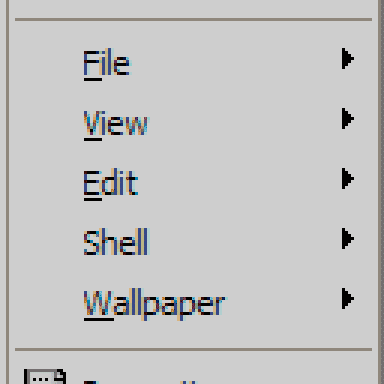My wife's sony laptop has a wonderful screen. The AG coating keeps it from looking like a mirror while being light enough that it doesn't cause sparkles or text to become blurry.
The newer Macbook Pro's with AG also look nice. Laptops have small dot pitch so they clearly need AG coatings to accommodate this.
Then we have our desktop monitors with a crystal haze smeared over them. Even high end displays like the 2711 and 3011 reportedly have this. Why not use the coating like on the laptops which can work so well for them? Is it the size of the display? Do the manufacturers just not care? Hmm
(as a disclaimer, I have also seen laptops with horrible coating. However this particular Sony is amazing)
The newer Macbook Pro's with AG also look nice. Laptops have small dot pitch so they clearly need AG coatings to accommodate this.
Then we have our desktop monitors with a crystal haze smeared over them. Even high end displays like the 2711 and 3011 reportedly have this. Why not use the coating like on the laptops which can work so well for them? Is it the size of the display? Do the manufacturers just not care? Hmm
(as a disclaimer, I have also seen laptops with horrible coating. However this particular Sony is amazing)
![[H]ard|Forum](/styles/hardforum/xenforo/logo_dark.png)

